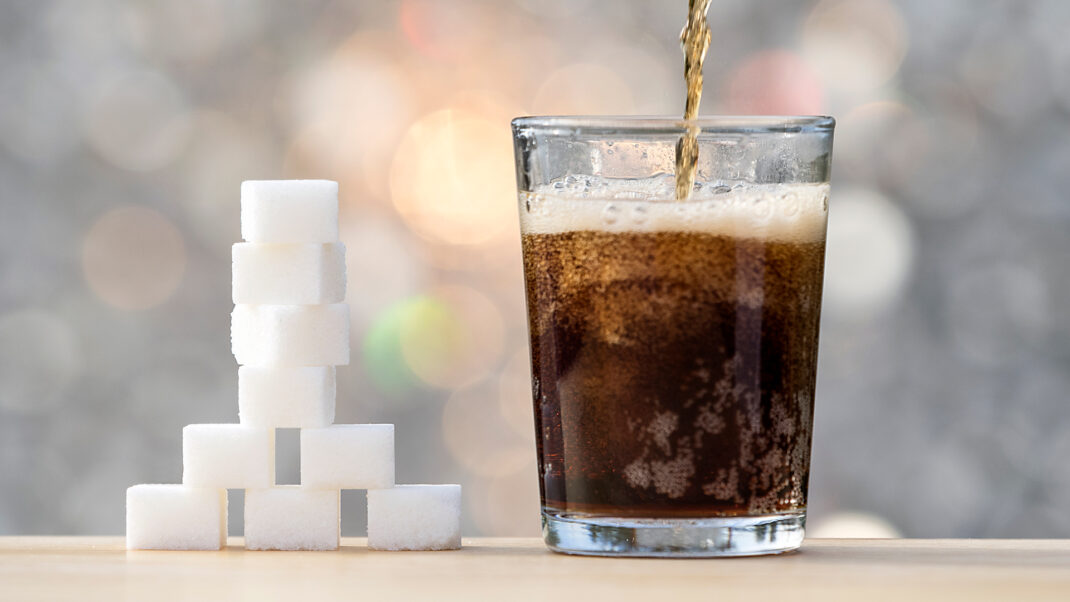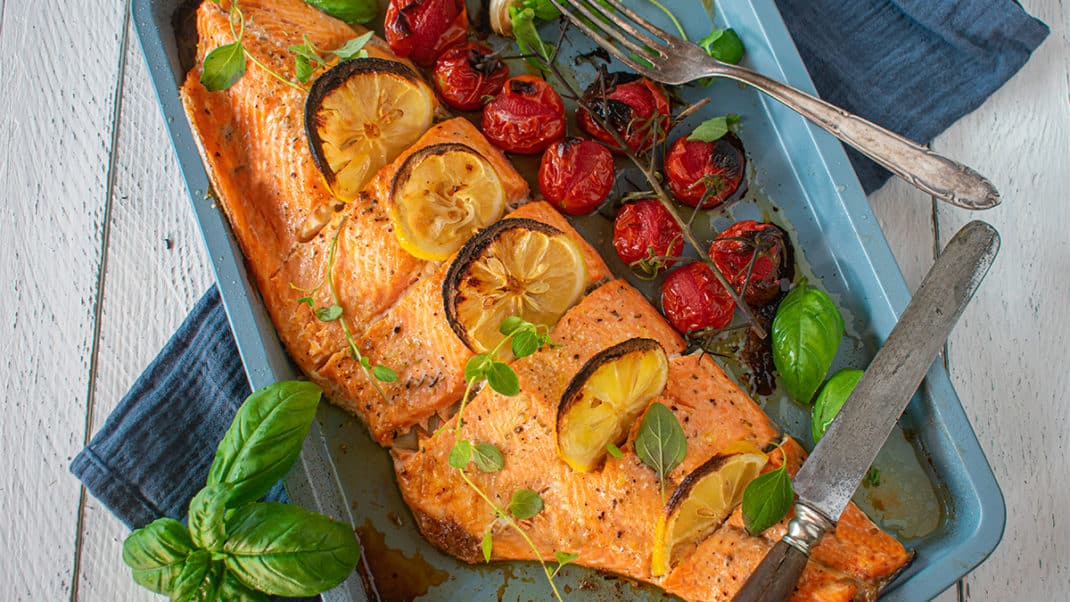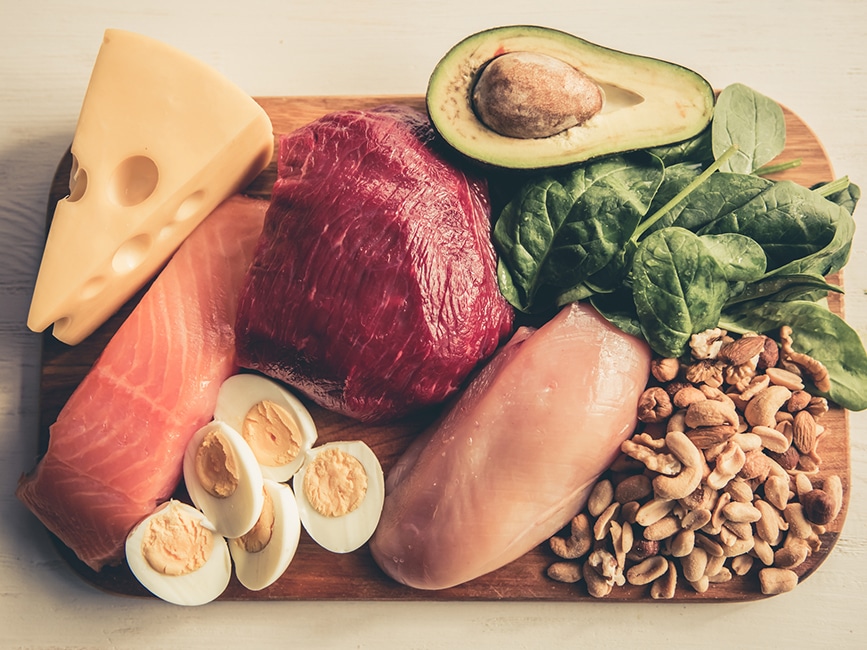More Sugar and Artificial Sweeteners in Food Supply
It’s not so sweet for our health!

Many of us can admit to having a sweet tooth, at least on occasion, but have you noticed the amount of sugar and artificial sweeteners in food at the supermarket? Even in foods we would not suspect, like salad dressing and bread.
Research in Public Health Nutrition shows that—on a global level—commonly available packaged foods and beverages have more sugar and alternative sweeteners added to them today than they did just a couple of decades ago. In their review, the investigators from Australia examined the quantity of added sugar and artificial sweeteners in food globally. They also included added non-nutritive sweeteners that contain little to no calories and can include artificial sweeteners, such as aspartame, as well as natural ones, such as stevia.
Their research found, that from 2007–2019, the non-nutritive sweetener content of drinks has gone up by a whopping 36%, while the added sugar consumed from packaged foods in countries (including the United States) has increased by 9%.
And with people taking in so much extra sugar, the risk for obesity and type 2 diabetes are going up, too. The study found that regions with policies aimed at reducing sugar intake had the biggest increase in non-nutritive sweeteners sold in drinks.
See also: Delicious Danger? A Research Update on Artificial Sweeteners
Matthew Kadey, MS, RD
Matthew Kadey, MS, RD, is a James Beard Award–winning food journalist, dietitian and author of the cookbook Rocket Fuel: Power-Packed Food for Sport + Adventure (VeloPress 2016). He has written for dozens of magazines, including Runner’s World, Men’s Health, Shape, Men’s Fitness and Muscle and Fitness.





